For homeowners, maintaining your property is crucial to ensure longevity and functionality. A well-planned **monthly maintenance schedule** can prevent minor issues from escalating into major problems, saving you time and money in the long run. Whether it’s checking your car’s oil level or inspecting your home for potential leaks, staying proactive is key to keeping everything in shipshape condition. This guide offers a comprehensive overview of creating and adhering to a **monthly maintenance schedule**, covering everything from car maintenance to home upkeep, ensuring your property remains in prime shape year-round.
Comprehensive Monthly Maintenance Schedule for Homeowners
Creating a well-structured maintenance schedule can help protect your home and save money in the long run. Below is a detailed, organized plan tailored for homeowners:
Monthly Breakdown of Maintenance Tasks
- January
- HVAC System Check: Ensure heating systems are efficient and free from issues.
- Plumbing Inspections: Look for leaks or clogs in pipes and drainage systems.
- February
- Electrical System Check: Test circuit breakers, sockets, and wiring for any signs of damage or wear.
- Appliance Inspections: Service washer, dryer, stove, and dishwasher to ensure proper function.
- March
- Garden Tools and Exterior Checks: Tune-up lawn mowers, pressure washers, and other outdoor equipment. Inspect fences, decks, and external structures for damage.
- April
- Major Systems Review: Comprehensive check of HVAC, plumbing, and electrical systems for potential issues.
- May
- Appliance Servicing: Deep clean and service major appliances like stoves and dishwashers.
- June
- Tool Tune-Ups: Annual maintenance for lawn care tools and garden equipment.
- July
- Plumbing System Checks: Look for signs of wear and address any necessary repairs.
- August
- HVAC Preparation: Adjust settings for cooler months and ensure units are ready for the next heating season.
- September
- Electrical System Tests: Check for any outdated wiring or potential hazards.
-
October
- Major Systems Updates: Replace filters, inspect chimneys, and perform any necessary upgrades.
-
November
- Appliance Checks: Service washer, dryer, stove, and dishwasher to maintain peak performance.
-
December
- Exterior Checks: Inspect gutters, roofs, and fences. Store seasonal items like dehumidifiers and ceiling fans.
Additional Tips for Success
- Documentation: Keep a journal or use a digital tool to log maintenance activities, issues, and actions taken. Photo documentation can be especially helpful for larger systems.
- Professional Contracts: Consider hiring licensed professionals for complex tasks like HVAC and plumbing to ensure quality workmanship.
- Reminders and Organization: Use a calendar app with color-coded tasks to manage your schedule effectively.
- Seasonal Adjustments: Modify your schedule to accommodate seasonal needs, such as preparing HVAC systems for winter and summer, and conducting exterior checks in fall and spring.
- Annual Review: Periodically review and update your maintenance plan to reflect changes in your home or lifestyle.
By adhering to this plan, you can ensure your home remains in excellent condition, reducing the likelihood of costly repairs and enhancing overall living comfort.

Good Maintenance Schedule
A well-planned maintenance schedule is essential for keeping your vehicle in optimal condition. Here’s a comprehensive guide to help you stay on track:
Regular Maintenance Checks
- Fluid Levels: Check oil, transmission fluid, coolant, brake fluid, and power steering fluid at least annually or as recommended by your owner’s manual.
- Oil Changes: Change engine oil every 3-6 months or 300-600 miles, depending on your car’s needs and driving conditions.
- Tire Pressure: Regularly monitor and inflate tires to the recommended pressure level found in your vehicle’s manual.
- Brake System: Inspect brake pads, rotors, and fluid levels at least twice a year or after every 100,000 miles.
- Filters: Replace cabin and engine air filters, as well as fuel filters, according to the manufacturer’s guidelines.
- Belts and Hoses: Check that all belts (drive belt, serpentine) and hoses (fuel, water) are in good condition and not cracked or worn.
- Battery: Test battery life and replace it if it shows signs of wear or weakness, usually around every 2-3 years.
- Air Filter: Replace the engine air filter every 12 months or as specified in your manual, depending on driving conditions.
- Cooling System: Inspect the radiator and cooling system for leaks or damage, and ensure it operates efficiently during hot weather.
- Electrical Systems: Check fuse boxes, wiring, and connections to prevent malfunctions or safety hazards.
- Heating and AC: Test your vehicle’s heating and air conditioning systems to ensure they function properly during extreme temperatures.
- Overall Inspection: Conduct a visual inspection of your car for signs of wear, rust, or damage, especially under the hood and around vital components.
Mileage-Based Schedule
The following schedule is a general guideline based on average driving conditions:
- 30-60 Miles: Basic maintenance tasks like oil changes, tire checks, and fluid top-ups.
- 90-180 Miles: More thorough inspections, including belts, hoses, and braking systems.
- 180-300 Miles: Transmission fluid check, air filter replacement, and suspension inspection.
- 300-600 Miles: Major services, including engine oil change, spark plug replacement, and fuel system cleaning.
- 600-900 Miles: Differential service, exhaust system inspection, and wheel bearings check.
- 900-1200 Miles: Brake system overhaul, timing belt replacement (if applicable), and cooling system flush.
- 1200-1500 Miles: Battery replacement, ignition coil check, and air conditioning recharge (if needed).
- 1500-1800 Miles: Engine diagnostic check, fuel injector cleaning, and interior cabin filter replacement.
- 1800-2100 Miles: Transmission rebuild (if high mileage) and suspension components inspection.
- 2100-2400 Miles: Exhaust manifold repair, alternator check, and power steering system inspection.
- 2400-3000 Miles: Radiator flush, water pump replacement, and engine block heater activation (if cold climate).
- 3000-3600 Miles: Brake system upgrade, catalytic converter inspection, and differential service.
- 3600-4200 Miles: Ignition system overhaul, battery terminal cleaning, and tire rotation.
- 4200-500 Miles: Final engine inspection, transmission fluid flush, and complete vehicle alignment.
Additional Tips
- Driving Habits: Avoid aggressive driving, idling, and short trips (less than 15 miles).
- Parking: Park in shaded areas to protect your car from heat damage.
- Tracking History: Maintain a detailed record of all maintenance performed on your vehicle for easy reference.
By following this maintenance schedule, you’ll extend the life of your vehicle and ensure it runs smoothly for years to come. Always consult your vehicle’s owner manual for specific recommendations tailored to your make and model.
For more detailed guidance, visit AAA Motors or explore resources from Car Care Council .
Monthly Maintenance Explained
Monthly maintenance refers to routine tasks and activities required to ensure the proper functioning and longevity of various systems, structures, and equipment. It involves regular checks, inspections, and necessary repairs or adjustments to prevent issues from escalating and to maintain optimal performance.
Key Areas of Monthly Maintenance
- Residential Properties: – Plumbing systems: Inspect pipes for leaks, clogs, and corrosion. – HVAC systems: Clean or replace air filters, check ductwork for blockages, and ensure proper ventilation. – Landscaping: Trim trees, bushes, and remove debris to maintain drainage and aesthetics. – Gutter systems: Clean and check for leaks or damage to prevent water overflow. – Roof inspections: Look for missing shingles, cracks, or signs of wear.
- Commercial Properties: – HVAC systems: Regularly service and inspect units to ensure energy efficiency and proper airflow. – Parking lots: Seal cracks, repair potholes, and clean drains to prevent water damage. – Exterior lighting: Check bulbs, sockets, and wiring for proper function and safety. – Electrical systems: Inspect circuits, switches, and outlets for any signs of damage or malfunction.
- Industrial Properties: – Heavy machinery: Lubricate parts, check fluid levels, and replace worn-out components. – Processing equipment: Clean and maintain to ensure optimal productivity. – Structural components: Inspect beams, supports, and tanks for signs of rust or weakness. – Energy management systems: Monitor and optimize to reduce consumption and costs.
Why Monthly Maintenance Matters
- Prevents minor issues from becoming major problems.
- Saves money by addressing problems early.
- Ensures safety and reliability.
- Extends the lifespan of equipment and systems.
Best Practices for Effective Monthly Maintenance
- Create a maintenance checklist tailored to your property.
- Schedule professional services regularly to ensure consistency.
- Stay informed about warning signs that indicate potential issues.
- Know when to seek professional assistance for specialized tasks.
By prioritizing monthly maintenance, you can protect your investment, enhance safety, and enjoy the benefits of reliable systems and structures. Whether it’s for your home, business, or industrial facility, regular upkeep is essential for long-term success.
For professional guidance and resources, visit our trusted partners:
- Home Depot for tools and supplies.
- Lowe’s for hardware and maintenance products.
- Angie’s List for local maintenance services.
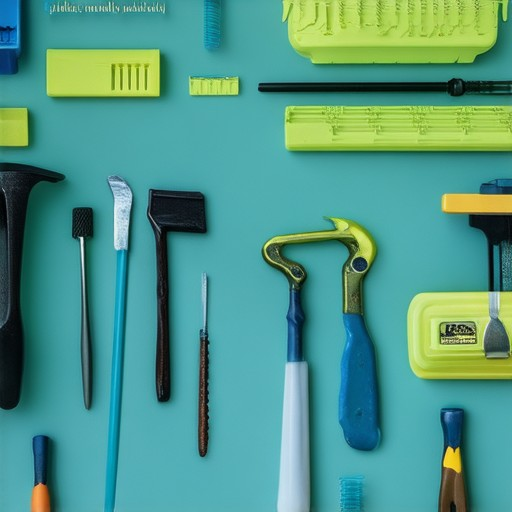
What is a good car maintenance schedule?
Regular car maintenance is crucial for keeping your vehicle running smoothly and avoiding costly repairs. A well-planned maintenance schedule ensures your car operates efficiently and safely. Here’s a comprehensive guide to help you maintain your car effectively:
- 30,000 Miles – Replace engine oil and oil filter, check tire pressure, inspect belts and hoses, and top off fluids like coolant and brake fluid.
- 60,000 Miles – Perform a thorough inspection, including checking for wear on brakes, suspension components, and exhaust systems. Replace air filters and spark plugs if needed.
- 90,000 Miles – Schedule a detailed service to replace transmission fluid, differential fluid, and other critical components. Inspect for leaks and ensure all suspension parts are in good condition.
In addition to these milestones, consider the following tips for year-round maintenance:
- Check Fluid Levels – Regularly monitor levels for coolant, brake fluid, power steering fluid, and windshield washer fluid.
- Inspect Tires – Rotate tires every 6,000-8,000 miles and check for tread depth and proper inflation.
- Schedule Regular Services – Adhere to manufacturer recommendations for services like battery replacement, air conditioning checks, and cabin filter cleaning.
For more detailed guidance, visit our car maintenance resources . Additionally, consult trusted sources like AAA and YourMechanic for complementary insights and expert advice.
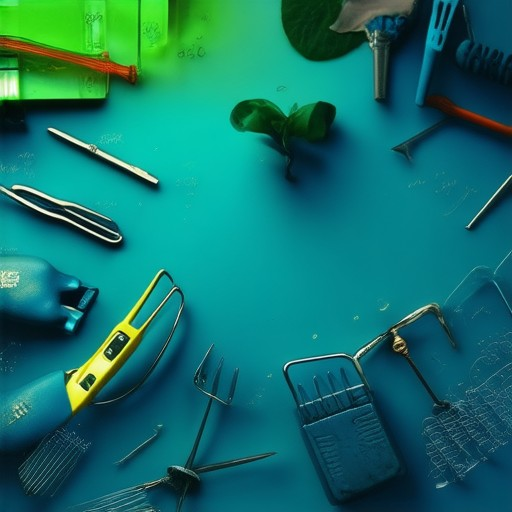
How to Create a Maintenance Schedule
To create an effective maintenance schedule, follow these organized steps:
Step 1: Identify All Systems and Appliances
Start by listing all systems and appliances that need routine maintenance. Categorize them into:
- Major Systems: HVAC, plumbing, electrical, and exterior structures.
- Appliances: Washer, dryer, stove, and dishwasher.
- Tools and Equipment: Lawn mowers, pressure washers, etc.
Step 2: Determine Inspection Intervals
Set frequency for each category based on recommendations:
- HVAC Systems: Biannually (spring and fall)
- Plumbing Systems: Quarterly
- Electrical Systems: Monthly
- Appliances: Semi-annually (washer/dryer, stove)
- Tools and Equipment: Annually
Step 3: Assign Tasks to Each Month
Organize monthly tasks to cover all categories:
- January: HVAC and plumbing checks.
- February: Electrical system and appliance inspections.
- March: Garden tools and exterior checks.
- April: Major systems review.
- May: Appliance servicing.
- June: Tool tune-ups.
- July: Plumbing system checks.
- August: HVAC system preparation.
- September: Electrical system tests.
- October: Major systems updates.
- November: Appliance checks.
- December: Exterior and tool maintenance.
Step 4: Document Everything
Keep detailed records of each inspection, noting issues and actions taken. Use a notebook or digital tool for tracking, and consider photo documentation for visual evidence.
Step 5: Consider Maintenance Contracts
For complex systems like HVAC and plumbing, consider hiring professionals. Maintain a list of trusted contractors for these services.
Step 6: Stay Organized with Reminders
Use a calendar or scheduling app to set reminders. Color-code tasks by urgency and importance to manage your schedule effectively.
Step 7: Adapt for Seasonal Needs
Adjust your schedule seasonally. Prepare HVAC systems for winter and summer, and conduct exterior checks in fall and spring.
Step 8: Regularly Review and Update
Review your maintenance schedule annually and update it as needed based on observations and changing circumstances.
By following these steps, you can create a tailored maintenance schedule that keeps your home in optimal condition. Stay proactive to enjoy the long-term benefits of a well-maintained property!
How to Set Up a Maintenance Plan
To establish an effective maintenance plan, follow these organized steps:
- Define Your Goals: Identify what requires maintenance—whether it’s a house, car, or equipment. Prioritize based on importance and urgency.
- Schedule Regular Check-Ups: Use a calendar or reminders to schedule routine inspections. Frequency varies by asset; cars may need monthly checks, while homes might be quarterly.
- Create a Maintenance Checklist: Categorize tasks. For example, house maintenance includes gutter cleaning and HVAC inspections, while vehicles involve oil changes and tire checks.
- Prioritize Tasks: Assess urgency and consequence. Address critical issues first, like a leaky roof, before less urgent tasks.
- Stay Informed: Educate yourself through guides, videos, and newsletters. Follow experts for tips and updates.
- Hire Professionals When Needed: For tasks beyond your skill level, seek reliable service providers in your area.
- Document Everything: Record maintenance activities, issues, and actions taken. Track trends to anticipate future needs.
- Review and Adjust Annually: Update your plan yearly to adapt to changes in your lifestyle or property condition.
- Budget for Maintenance: Allocate funds for both scheduled tasks and unexpected repairs to manage finances effectively.
By following these steps, you can create a tailored maintenance plan that ensures long-term effectiveness and prevents costly issues.
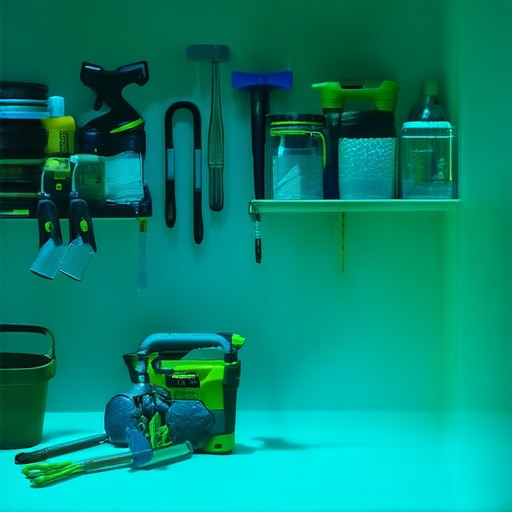
What is an Example of Routine Maintenance?
Routine maintenance refers to regular checks and preventive actions taken to ensure the longevity and efficiency of machinery, equipment, or systems. Here are some examples:
Lubrication
Regularly applying lubricant to moving parts helps reduce friction and prevents wear and tear. This is crucial for machinery, vehicles, and other mechanical devices.
Cleaning
Cleaning and removing debris from equipment ensures proper functioning and prevents blockages or malfunctions. This is common in HVAC systems, pipes, and industrial machinery.
Inspection
Conducting regular inspections allows for early detection of issues. For example, checking for loose bolts, worn-out belts, or leaks in plumbing systems can prevent costly repairs later.
Adjustments
Making small adjustments, such as tuning a car engine or aligning a piece of machinery, ensures optimal performance and reduces the risk of breakdowns.
Replacement of Deteriorated Parts
Replacing worn-out components, like brake pads or roof shingles, maintains safety and functionality. Regular replacement extends the lifespan of materials and reduces the likelihood of accidents or structural issues.
Testing Safety Equipment
Checking items like smoke detectors, fire extinguishers, and emergency exits ensures they are in proper working condition. This is essential for maintaining safety in residential and commercial settings.
Documentation
Keeping records of maintenance activities provides a history of the equipment’s condition over time. This documentation can be useful for future repairs, insurance claims, or selling the property.
By incorporating these routine maintenance practices, you can extend the life of your assets, reduce repair costs, and ensure reliable performance. For more detailed guidance, visit Sams Maintenance or explore resources from trusted partners like Home Depot and Lowe’s .
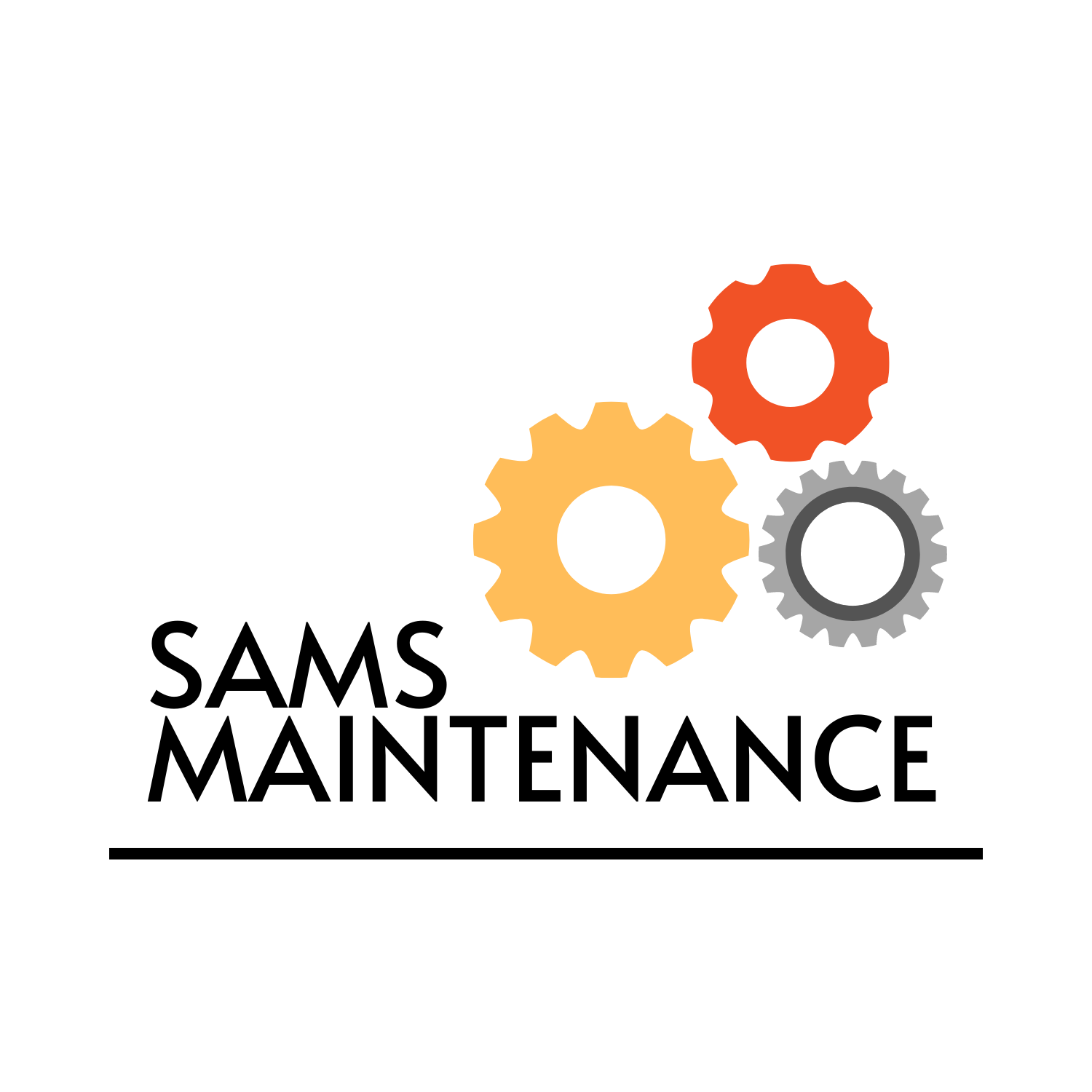
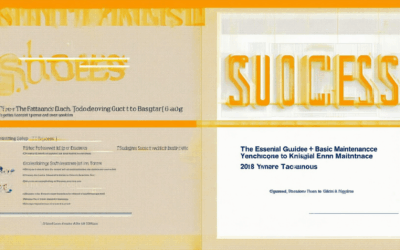
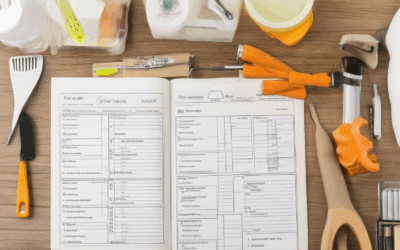

0 Comments